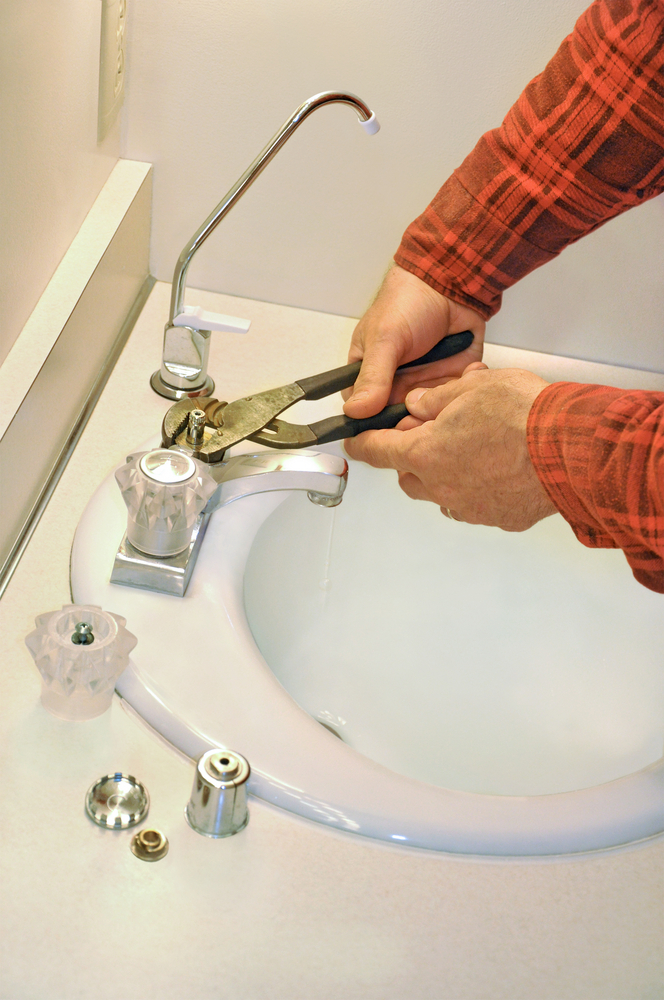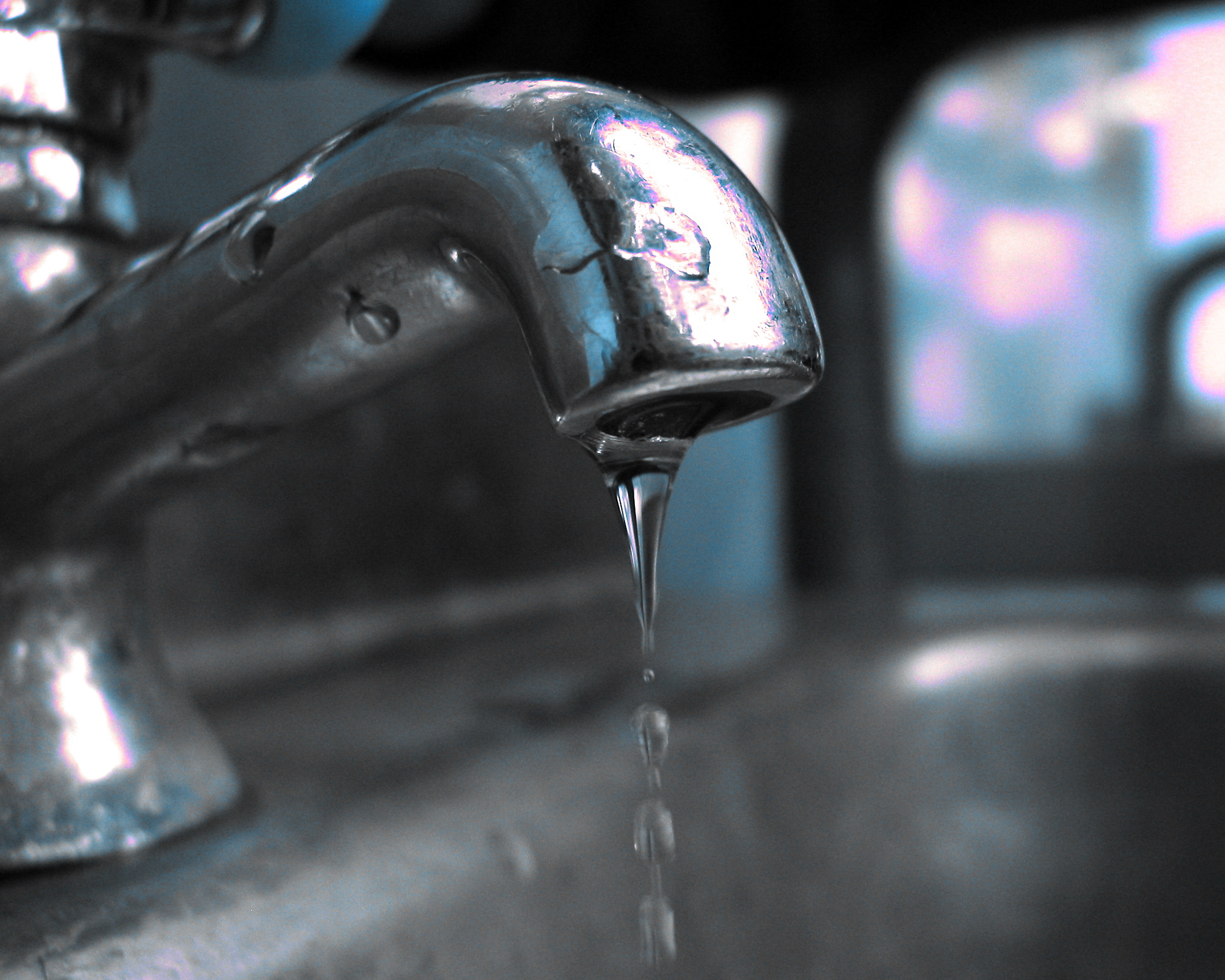How It's Important to Mend a Dripping Faucet
How It's Important to Mend a Dripping Faucet
Blog Article
We have come across this post relating to Water Dripping from Faucet: Why and How to Fix listed below on the internet and figured it made perfect sense to share it with you on my blog.

Dripping faucets might feel like a small inconvenience, but their impact exceeds just the annoyance of the sound. From wasting water to sustaining unneeded economic prices and health and wellness dangers, ignoring a dripping tap can result in numerous consequences. In this short article, we'll explore why it's critical to address this typical home problem quickly and properly.
Waste of Water
Ecological Impact
Trickling taps contribute considerably to water wastage. According to the Environmental Protection Agency (EPA), a solitary faucet dripping at one drip per secondly can squander more than 3,000 gallons of water per year. This not only pressures water resources but additionally affects ecological communities and wildlife dependent on them.
Step-by-Step Overview to Dealing With a Dripping Tap
Devices Called for
Before attempting to repair a trickling tap, gather the required devices, including an adjustable wrench, screwdrivers, replacement parts (such as washing machines or cartridges), and plumber's tape.
Common Tap Issues and Their Solutions
Identify the sort of tap and the specific problem causing the drip. Common issues include damaged washers, corroded shutoff seats, or malfunctioning O-rings. Describe maker directions or online tutorials for step-by-step assistance on repair work.
Financial Expenses
Enhanced Water Expenses
Beyond the environmental effect, trickling faucets can pump up water costs substantially. The collected waste with time translates into greater energy expenses, which can have been avoided with prompt repairs.
Prospective Home Damage
Additionally, long term dripping can lead to harm to components and surface areas surrounding the faucet. Water accumulation can create staining, corrosion, and even architectural issues if left neglected, resulting in added repair prices.
Wellness Concerns
Mold and Mold Growth
The constant existence of moisture from a trickling faucet creates an optimal atmosphere for mold and mildew and mold growth. These fungi not just jeopardize interior air quality yet also position wellness dangers, especially for people with respiratory system conditions or allergies.
Waterborne Conditions
Stagnant water in dripping faucets can come to be a breeding place for bacteria and other pathogens, increasing the risk of waterborne illness. Contaminants such as Legionella bacteria thrive in stationary water, possibly bring about severe health problems when consumed or breathed in.
DIY vs. Expert Repair work
Benefits and drawbacks of Do It Yourself Repair
While some might try to take care of a dripping tap themselves, DIY fixings include their own collection of challenges. Without correct expertise and tools, do it yourself attempts can exacerbate the concern or cause insufficient repair services, prolonging the trouble.
Benefits of Hiring an Expert Plumber
Employing a specialist plumber makes sure that the underlying source of the dripping faucet is attended to properly. Plumbing professionals have the experience and devices to detect and repair tap concerns efficiently, saving time and decreasing the danger of additional damage.
Ecological Responsibility
Individual Payment to Preservation
Taking responsibility for fixing dripping faucets straightens with wider efforts toward water conservation and ecological sustainability. Every individual's activities jointly make a significant influence on preserving priceless resources.
Sustainable Living Practices
By prioritizing punctual repair services and taking on water-saving practices, people contribute to sustainable living techniques that benefit both present and future generations.
Preventive Measures
Normal Upkeep Tips
To stop trickling taps, execute regular upkeep such as cleaning up aerators, inspecting for leaks, and changing worn-out components quickly. Additionally, take into consideration setting up water-saving devices or upgrading to extra effective components.
Importance of Prompt Services
Dealing with dripping taps as soon as they're observed prevents additional water wastefulness and prospective damages, inevitably conserving both water and money over time.
Influence On Residential Or Commercial Property Worth
Assumption of Well-Maintained Property
Preserving a property in good condition, including addressing upkeep concerns like dripping taps, enhances its perceived worth and charm amongst possible purchasers or lessees.
Influence on Resale Worth
Features with properly maintained plumbing fixtures, consisting of faucets, command higher resale worths in the real estate market. Attending to dripping taps can contribute to a favorable perception during residential or commercial property inspections and arrangements.
Final thought
Addressing a trickling faucet exceeds plain ease; it's an essential step towards preserving water, decreasing economic costs, and securing wellness and residential or commercial property. Whether via DIY repair work or expert aid, doing something about it to fix dripping faucets is a small yet impactful way to promote responsible stewardship of sources and add to a much healthier, extra lasting future.
How to Fix a Dripping or Leaky Faucet
A leaking faucet is one of the most common problems that homeowners encounter, but it being commonplace doesn’t make it any less annoying. The constant drip drip drip of a leaking bathtub faucet, showerhead, or sink tap can disturb your home’s serenity. Left neglected, a dripping faucet can also result in higher water bills and discoloration or mold growth in your sink or plumbing fixtures.
Fortunately, you don’t have to be a trained plumber to know how to stop a dripping faucet. With some basic tools, replacement parts, and a little patience, leaky faucet repair is a breeze. In this article, we’ll explain what causes dripping faucets and how you can fix them.
What Causes a Leaking Faucet?
Kitchen and bathroom faucets come in all manner of designs, but most involve some combination of valves, O-rings, seals, and washers. The O-ring is usually the weakest link, but any one of these pieces can wear down over time. Heat, moisture, temperature fluctuations, minerals, mold, and movement can contribute to warping and corrosion, breaking the watertight seal. This just comes with the territory of being a homeowner. Everything is always subject to wear and tear, and some component parts of your appliances and fixtures need to be replaced on occasion. At least replacement O-rings are cheap!
More rarely, dripping faucets can be a symptom of excessively high water pressure. Were this the case in your home, you would probably notice that the leak is not isolated to one faucet. Water pressure issues are harder to resolve on your own. We recommend contacting a professional plumber if you suspect your water pressure is too high.
How to Fix a Dripping Faucet
Pipe wrench or monkey wrench Allen wrench set Screwdrivers Old towel or rag Shut off the water.
Before you do anything, you need to turn off the water to keep from drenching your kitchen or bathroom. You should find a valve under the sink and against the wall. Once you’ve turned this valve, try turning the faucet on to confirm that the water source has been cut off.
If you can’t locate your local valve for the faucet you’re working on, you can always shut off the water to the house at the main valve. Of course, this will prohibit anyone from using the sinks, showers, or toilets while you’re working on the faucet that’s giving you trouble.
Plug or block the drain.
You’ll be disassembling the faucet and removing some small bits of hardware. Plug the drain with a stopper or rag to avoid the possibility of a small screw falling into your P-trap.
Take apart the faucet assembly.
There are several varieties of kitchen and bathroom faucets, each with its own manner of assembly. For detailed instructions on how to disassemble your faucet, you can refer to the fixture’s manual or contact the manufacturer. If you know whether you have a ball, disc, cartridge, or compression faucet, you can find detailed schematics online.
In general, you need to begin by removing the faucet handles. You might notice a small screw that you’ll need to remove with a screwdriver or Allen wrench. If you don’t see any visible securing hardware, it’s likely hidden under a decorative cap that can be unscrewed or popped off with flathead screwdriver.
Remove each piece methodically, consulting a schematic when necessary. Take notes or arrange the pieces in such a way to make it easier to correctly reassemble the faucet later.
Remove the cartridge.
Once you’ve removed the handles and securing hardware, you should be able to remove the valve cartridge or stem. Some cartridges will slide right out. Other faucet models will require you to loosen a nut with a pipe wrench before you can remove the valve stem.
Examine the exposed hardware.
With the cartridge or stem removed, inspect the component parts. Check the rubber O-rings for wear and tear. Also examine the seat washer for corrosion or other damage. These pieces are usually the responsible parties for a dripping faucet, but it’s worth inspecting the other component parts while you have the faucet disassembled.
Find replacement parts.
Once you’ve identified which faucet component has failed, find an identical replacement. Your local hardware store should have O-rings, seat washers, and other standard components in stock. If you have a luxury or uncommon faucet, you may have to contact the manufacturer for a replacement part.
It’s a good idea to take your old parts with you to the hardware store so you can compare them with the store’s inventory and be sure you’re purchasing the correct replacement.
Reassemble the faucet.
With your new parts in hand, reconstruct the faucet and handles. Don’t be tempted to overtighten screws or nuts. You might think this could create a better seal, but it can instead damage or bend a delicate part of the assembly and create a new problem for you.
Turn on the water and test the faucet.
The only thing left to do is test your work. Unplug the sink, turn the water back on, and try the faucet. Congratulate yourself on a job well done!
https://www.libertyhomeguard.com/how-to-fix-a-dripping-or-leaky-faucet/

I have been very fascinated by How to Fix a Dripping or Leaky Faucet and I'm hoping you enjoyed the entire article. Do you know about anybody else who is in to the topic? Be sure promote it. Thanks for your time. Revisit us soon.
Report this page